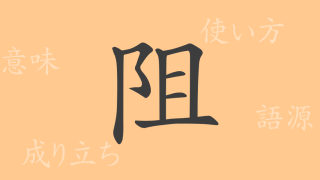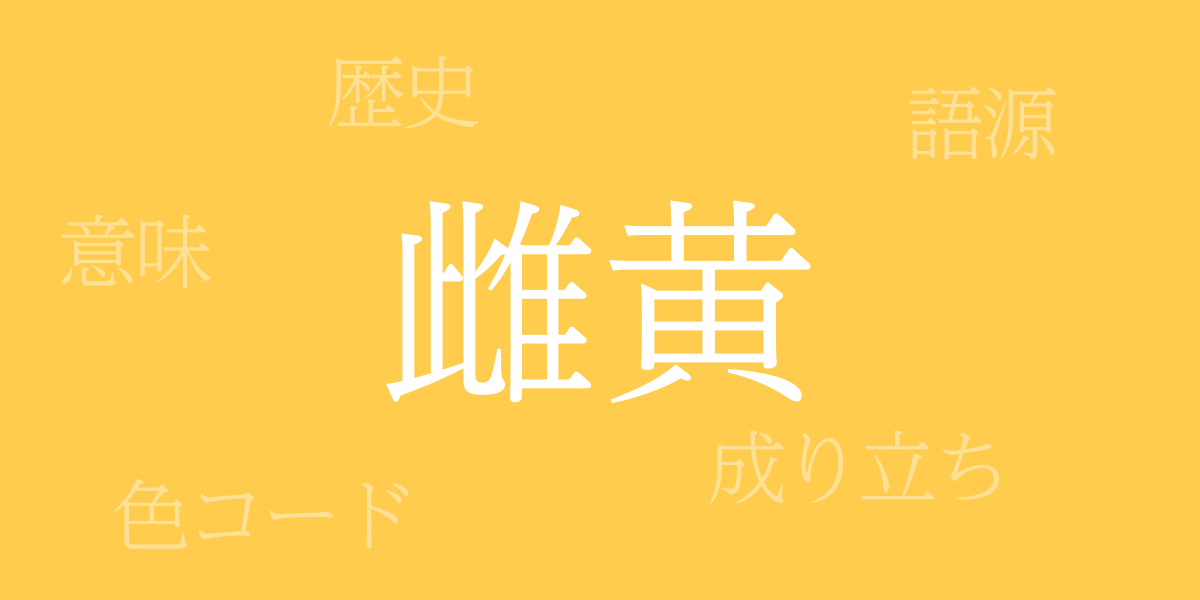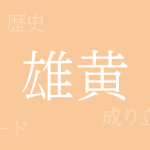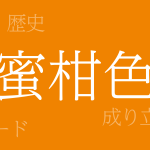Color is a powerful tool to express emotions and culture. Among Japan’s traditional colors, “Masio (しおう – Shiou)” stands out as particularly enchanting. This color is deeply rooted in Japan’s nature, history, and arts, captivating many people. This article explores the unique allure and the background of “Masio (しおう – Shiou)”.
About Masio (しおう – Shiou)
Masio (しおう – Shiou) is one of Japan’s traditional colors, characterized by a unique yellow. This color is a warm yellow with a slight reddish tint, giving a calm impression. It is often seen in Japanese nature and traditional crafts, and is cherished as a color that symbolizes Japan’s unique aesthetic sense.
The History of Masio
The history of Masio dates back to ancient times, already being used during the Heian period. It was primarily used in the clothing of nobility and in paintings, valued as a color that conveyed luxury. It was also used to represent natural landscapes and played a significant role in Japanese paintings.
Masio Color Codes
Accurate reproduction of Masio in digital design and printing requires specific color codes.
- HEX: #FFCC4E
- RGB: R:255 G:204 B:78
- CMYK: C:0.0 M:20.0 Y:69.4 K:0.0
The Western Name for Masio
The western name for Masio can be literally translated as “Female Yellow,” but it is commonly represented by names such as “Mustard Yellow” or “Goldenrod.” However, these colors are somewhat darker or brighter compared to Masio, so they are not exactly equivalent.
Conclusion on Masio
Masio, with its history and beauty, continues to be beloved by many designers and artists today. As a traditional Japanese color, and as a modern design accent, Masio brings rich color to our lives. Understanding the warmth and depth of this color, consider incorporating it into your next project.

























